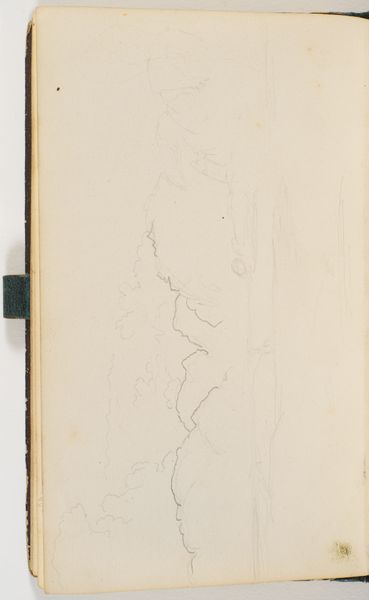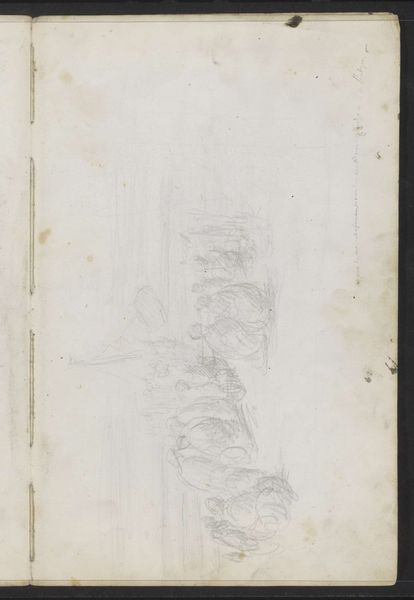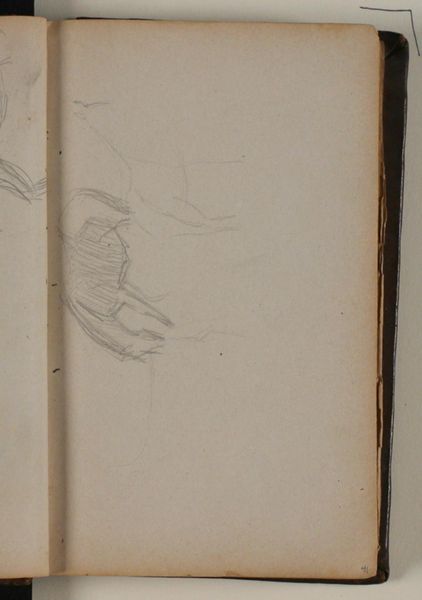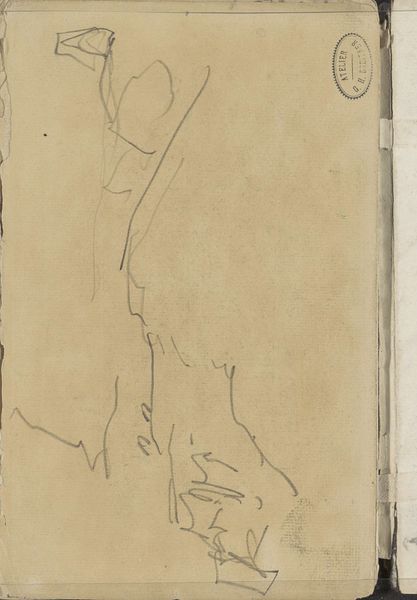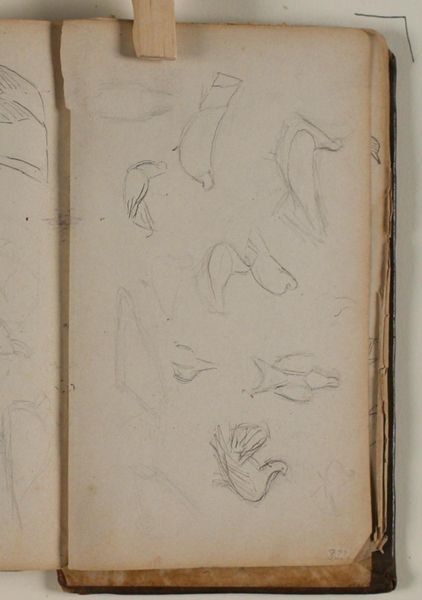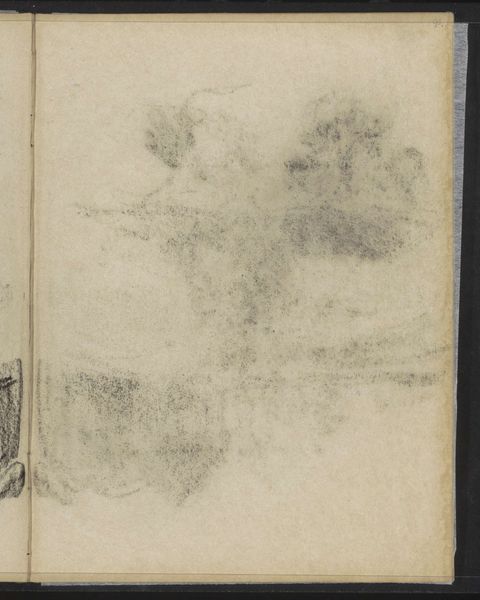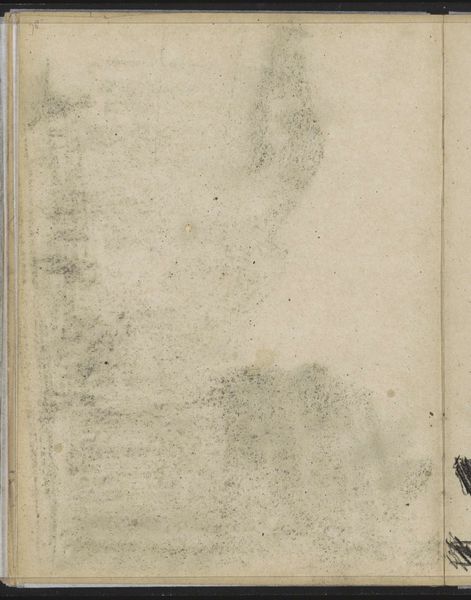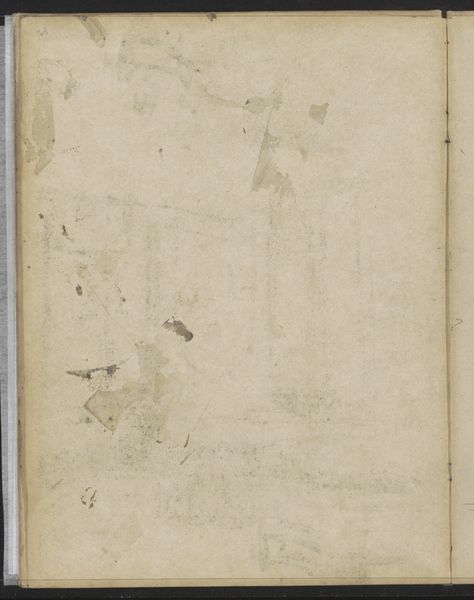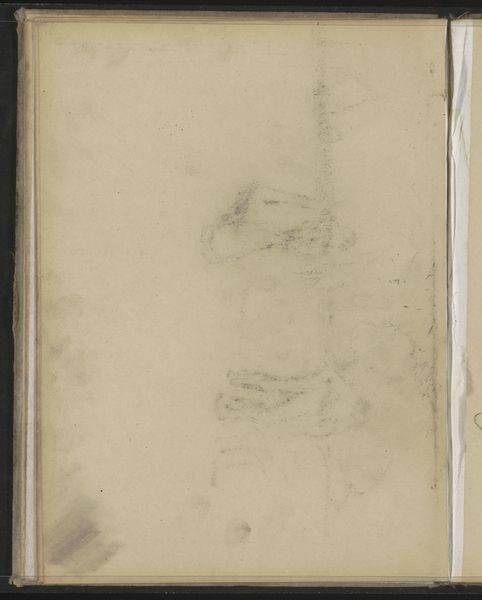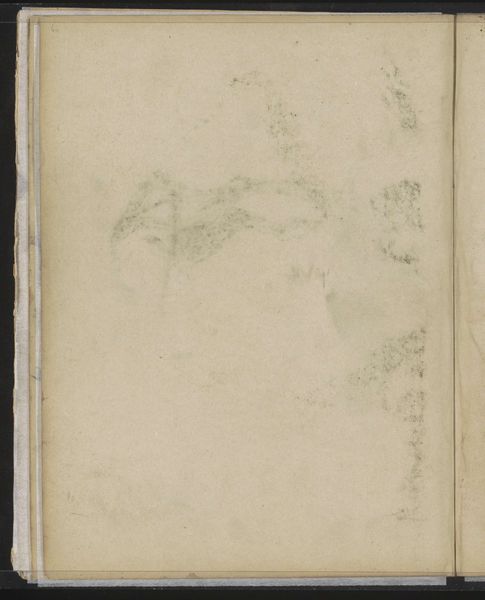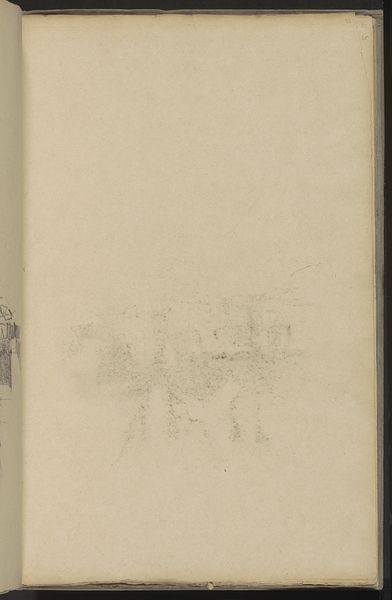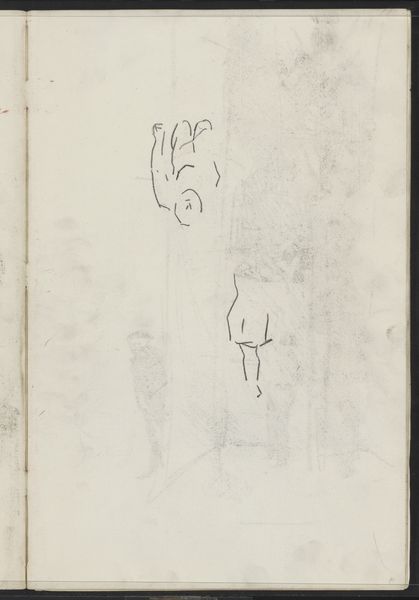
drawing, paper, pencil
#
portrait
#
drawing
#
paper
#
coloured pencil
#
romanticism
#
pencil
Dimensions: 167 mm (height) x 103 mm (width) (bladmaal)
Editor: This is "Dragtstudie til Fårelars," a pencil and colored pencil drawing on paper by P.C. Skovgaard, dating from 1826 to 1829. It feels more like a preliminary sketch. What symbols do you see in this piece, given that it's part of the Romanticism movement? Curator: Well, let’s start with the very *idea* of a “clothing study.” Clothing serves as a powerful cultural marker, doesn’t it? Consider the Romantic period: artists frequently looked to the past, to idealized versions of rural life, imbuing everyday garments with significance. Skovgaard's focus feels documentary. How do you perceive the dress in relation to its representation, its symbolism, during this period? Editor: It's so rough and incomplete; the sketch only shows the torso, sleeve, and leg in minimal lines on one page. And on the opposite page are legs, as well. It almost strips the clothes of their grandeur. Are the symbols more personal? Curator: Intriguing! Is it, in fact, *stripped* of its grandeur, or are we seeing the underlying truth *revealed*? A cultural artifact distilled. What emotional weight does such sparse rendering carry, compared to a fully rendered, idealized depiction? Might the “sheep Lars” of the title be more important? After all, how can cultural continuity or memory of common shepherds be rendered symbolically, if not by a focus on their dress, even incomplete? Editor: I never thought about that – that Skovgaard was documenting something about to disappear, or was trying to convey truth through deconstruction. That adds an interesting layer to how I view his work. Curator: Precisely! And thinking of the artist, don't forget how deeply Romanticism intertwined personal feelings with representations of the world. The choice to render something partially can mean a longing, memory, desire, anxiety about loss, among many other emotions. Now, how might *that* connection illuminate this simple study? Editor: That makes me want to do more research. Thanks.
Comments
No comments
Be the first to comment and join the conversation on the ultimate creative platform.


